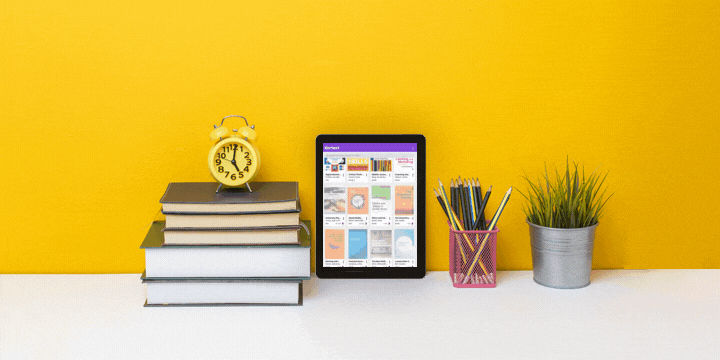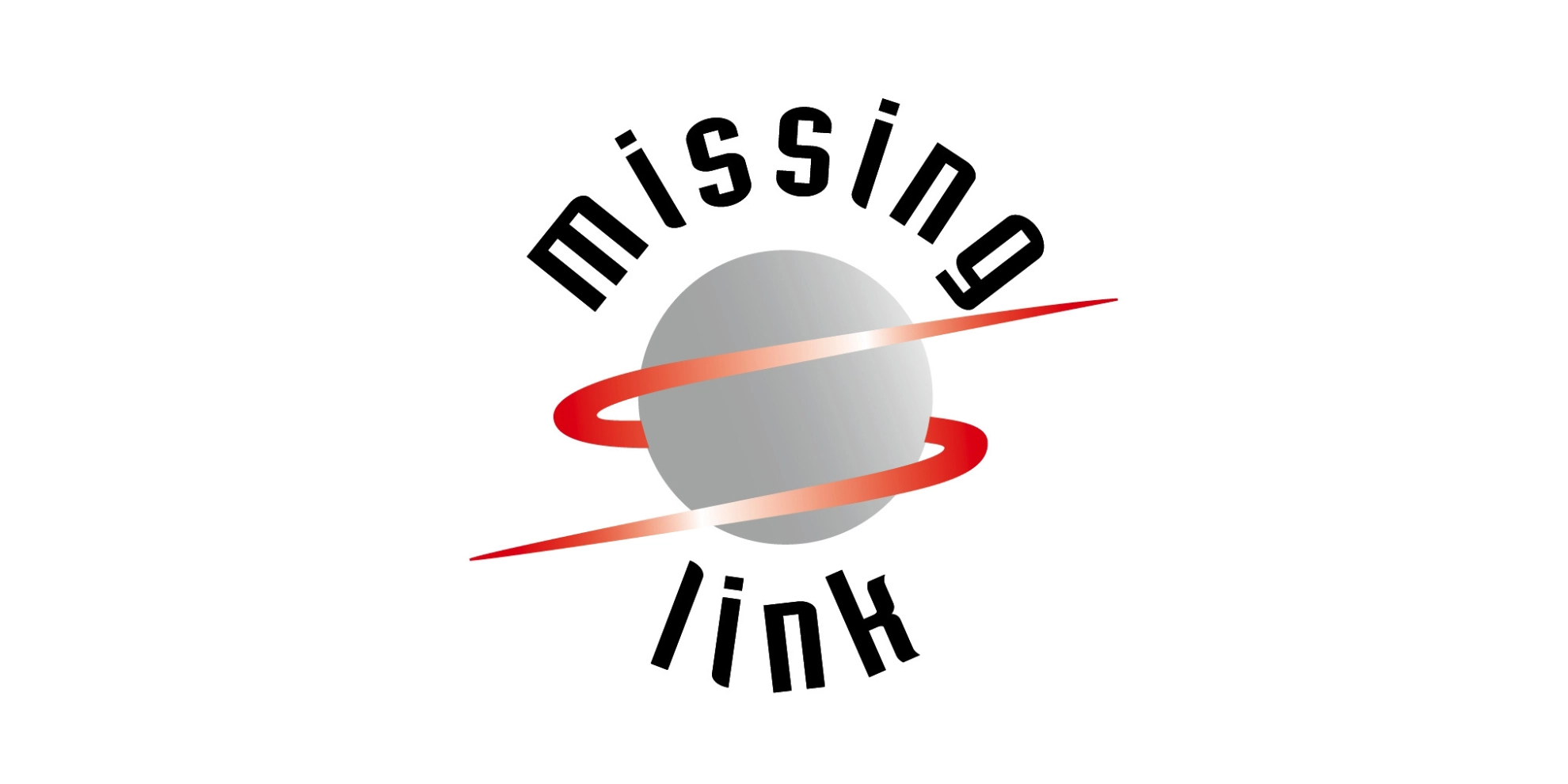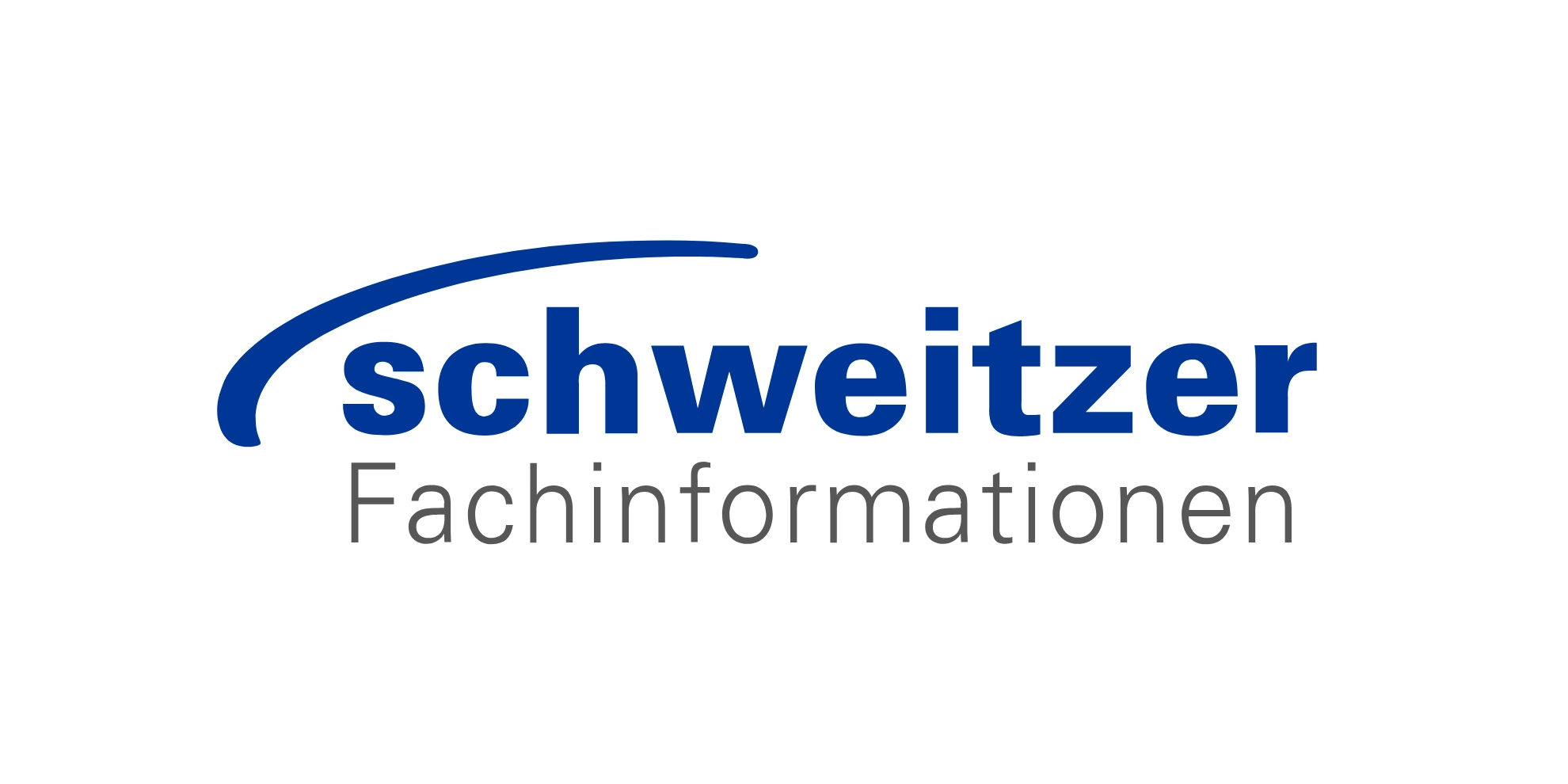Where next for the eTextbook market?
Price rises, changes in models, changes in student demand – the textbook market is still not working well. James Gray, Libby Homer, and Rod Bristow ask what will come next
“We are seeing more and more providers offering textbooks”
James Gray, Kortext
There’s broad agreement that the current digital textbook market is not working. It’s impossible to argue that huge price increases or multiple subscriptions are sustainable, or that models of procurement and collection development designed in a hard copy world will work when more and more libraries are moving to digital first strategies.
Since the return to campus, we are seeing more and more providers offering textbooks and other learning materials as part of student tuition fees. And, coupled with this, there is a much greater interest in how these materials are used (and, indeed, whether or not they are used) from academics and librarians.
Obviously, as a platform for textbooks, Kortext takes a genuine interest in the way this market is changing. We have worked to develop granular usage data, sharing detailed information about how resources are used by students with libraries and academic staff. I also feel that the volume of content, and the number of students, aggregators deal with means we are well placed to negotiate good discounts from publishers.
On their part, publishers need to offer better value and more flexibility, especially around simultaneous usage by large groups of learners. This is an area where we are starting to see some movement, but it is not yet happening fast enough. Library procurement models too will need to change as digital increasingly becomes the default. One example here is that the ability to source books is constrained by licensing models – it is no longer possible for a librarian to bypass usual procurement routes and pick up five copies of a key book from a consumer bookstore.
Libraries rightly look for concurrent use access to content at a reasonable price – publishers are still concerned about the way this impacts on direct sales to students, which they still claim is a substantial revenue stream.
I’ve been glad to note more and more willingness from all parties to engage to discuss the art of the possible, notably within the Ebooks Stakeholder Group. The current conversations are highlighting individual exemplars from publishers, aggregators, providers. The next step will be to add detail to this initial picture.
With the community speaking with one voice in a drive for clarity and a need for broader and more sustainable models, we’re at a stage where we are starting to see ways forward where providers can get more for the money they are spending.
“University and college libraries do have a huge power as purchasers”
Libby Homer, Anglia Ruskin University
The Ebooks Stakeholder Group – which brings together library organisations like SCONUL, CILIP, RLUK, and NHS Library Services; purchasing consortia including Jisc, and the hugely successful #ebookssos campaign – is meeting again on 16 December. The fact that this group exists and is working together is great news, but the proof will very much be in the pudding.
One assumption has already been put to bed – universities will not standardise on content, even though this will add to our collective power as purchasers. There are loads of nursing courses in the UK, and each one likely uses a different textbook to teach a single mandated element of a course. But as a group university and college libraries do have a huge power as purchasers, and how we make best use of that is one of the things currently up for discussion.
Since the return to face-to-face teaching I’ve heard of a number of cases where university libraries are moving away from digital resources and back towards physical books. There are many reasons for this – price rises (and I must call out the recent huge increases in cost from Pearson) are driving libraries away from particular publishers as you might expect, but also away from digital formats. Even where providers are sticking to e-first policies, it is becoming apparent that collection development at the scale needed is not affordable. Librarians are already up in arms about these issues, but both of these problems will rapidly become very visible should we be unlucky enough to suffer another lockdown.
Where providers have the capacity to move to a model where the provider buys access to textbooks for every student there are clear benefits. The student journey is simpler, the technical affordances are more straightforward – it takes less time to learn about how to use ebooks, leaving more time to learn as a part of the course. The enhanced usage data is also of huge pedagogic and student support benefit. But these deals can be expensive, and are not for everyone.
Perhaps surprisingly, students have a strong interest in physical copies of books and in the library settings. For many, coming to the library to discover and use materials is a central part of their experience of higher education – either through learning preference, or (as we saw last year) through digital poverty. My own institution has offered more than 1,200 laptops to students in the last 12 months. It hardly needs to be said again but “digital natives” are absolutely not a thing – a familiarity with slickly-designed and rewarding mobile apps does not prepare students for enterprise systems. Even the lure of fancy interactive content is not universal, many students are time-pressed and just want to absorb and master the content in order to pass assessment.
And longer term there are more ambitious ideas in play. Driven in part by open access mandates around monographs, university presses are once again becoming major players – many providers are now publishing their own textbooks, and some of these are open access. This has also sparked conversations with academics – the people who write textbooks – about different approaches to their rights as authors.

“The stakes are high and getting higher”
Rod Bristow, formerly of Pearson
Textbook publishing is as focused on ‘pedagogy’ as it is on content – textbooks help teachers help students learn. The last 70 years has seen a huge growth in access to higher education, led by the GI Bill in the United States, but in every country access to higher education is growing and it will continue to grow with growing aspiration. Concerns about fair access will shift to concerns about participation and attainment gaps – making the role of learning resources even more important. The stakes are high and getting higher. This is why, when I was at Pearson we launched an efficacy programme to add rigour to the delivery of learning outcomes – Michael Barber (laterly chair of the Office for Students) was the architect of the methodology and championed it across the company.
The idea of textbooks improving learning isn’t a new thing – pedagogy has always been built into their design and is a major part of the value proposition. After all, calculus hasn’t changed much since Sir Isaac Newton but the way it is taught changes with the context of the world we live in. Digitisation has enabled not just their efficient delivery – it has unleashed a new wave of investment and innovation in pedagogy.
In creating books, publishers are concerned with two kinds of costs. A big chunk of the money spent on publishing physical books goes on things that vary with the number of copies made: things like raw materials, printing, royalties, and logistics – but for others the cost is the same no matter how many are sold: including development, research, artwork, and a growing array of free resources for lecturers to support teaching. Digital formats may limit the former list, but add on a great deal of investment in video, simulations, adaptive assessments and the like. While flat pdf versions don’t contain these enhancements, research demonstrates the learning efficacy and the demand for them – they are valuable and help improve learning.
These are good things for a lecturer and a student, but universities are rightly adopting central strategies when it comes to the learning experience they want their institution to deliver, and the data they want to monitor. These provider-level conversations have become increasingly common, but it is impractical for a provider to simultaneously engage 4000 publishers. There is, as James says, a clear trend towards providers taking a central view of resource procurement and collection development – not only for value for money, but to benefit from an engagement platform which provides data and integrates with the whole institution’s approach to the student experience.
At the same time, many students will continue to take control of their own learning and continue to buy resources they need to support it, themselves. The more that can be provided centrally the better, but I think student purchase will always be a part of the model, even alongside provider-level deals on e-resources.
There are clearly tensions including on pricing so it is great that those concerned with textbooks, and – more broadly – with supporting learning are around one table and able to stand in each other’s shoes. Aggregators like Kortext tend to be neutral in this debate and have a critical role to play – as do libraries. But in a world of widening participation, the stakes for students have never been higher – so getting agreement around that table has never been more important.
This piece was created in partnership with Wonkhe.






